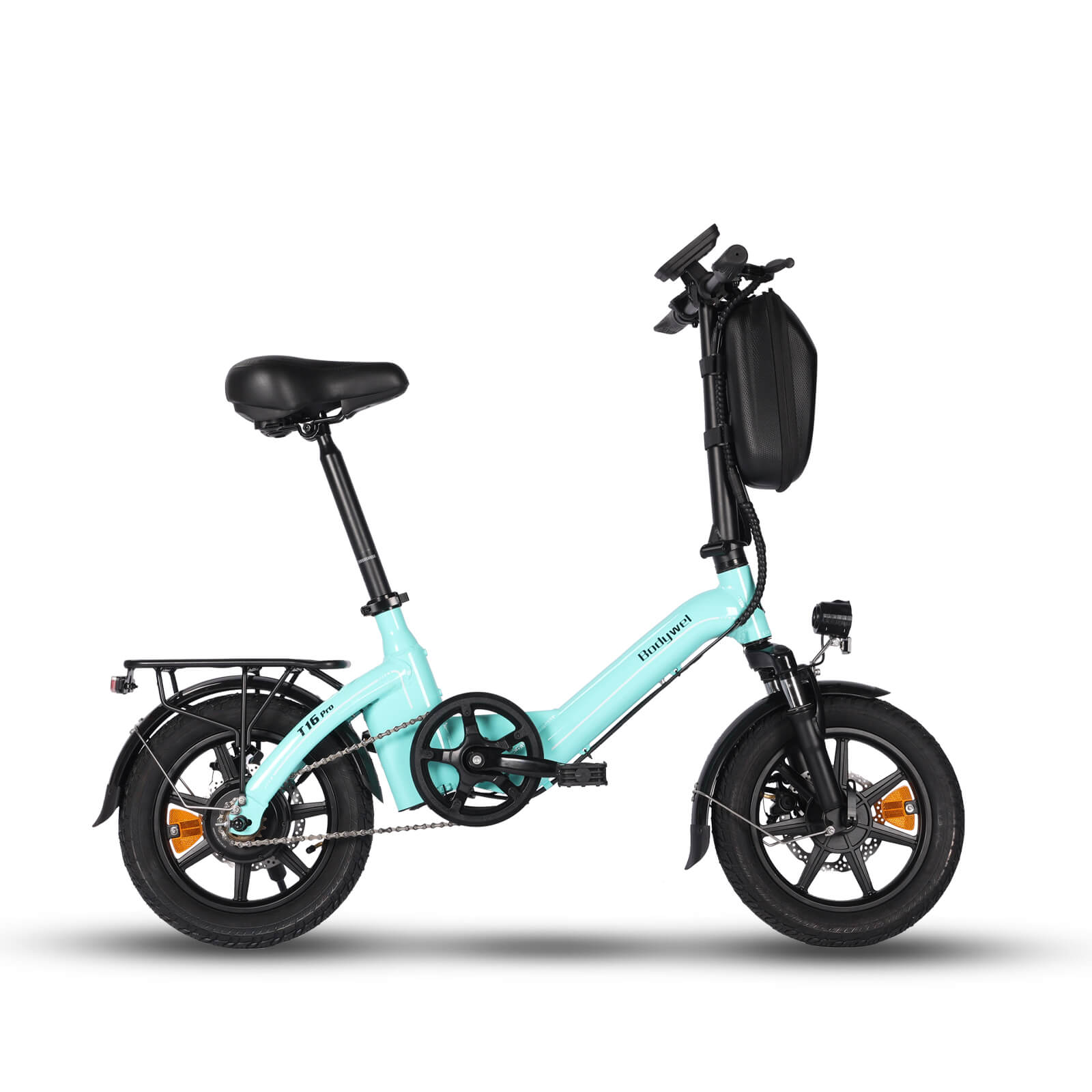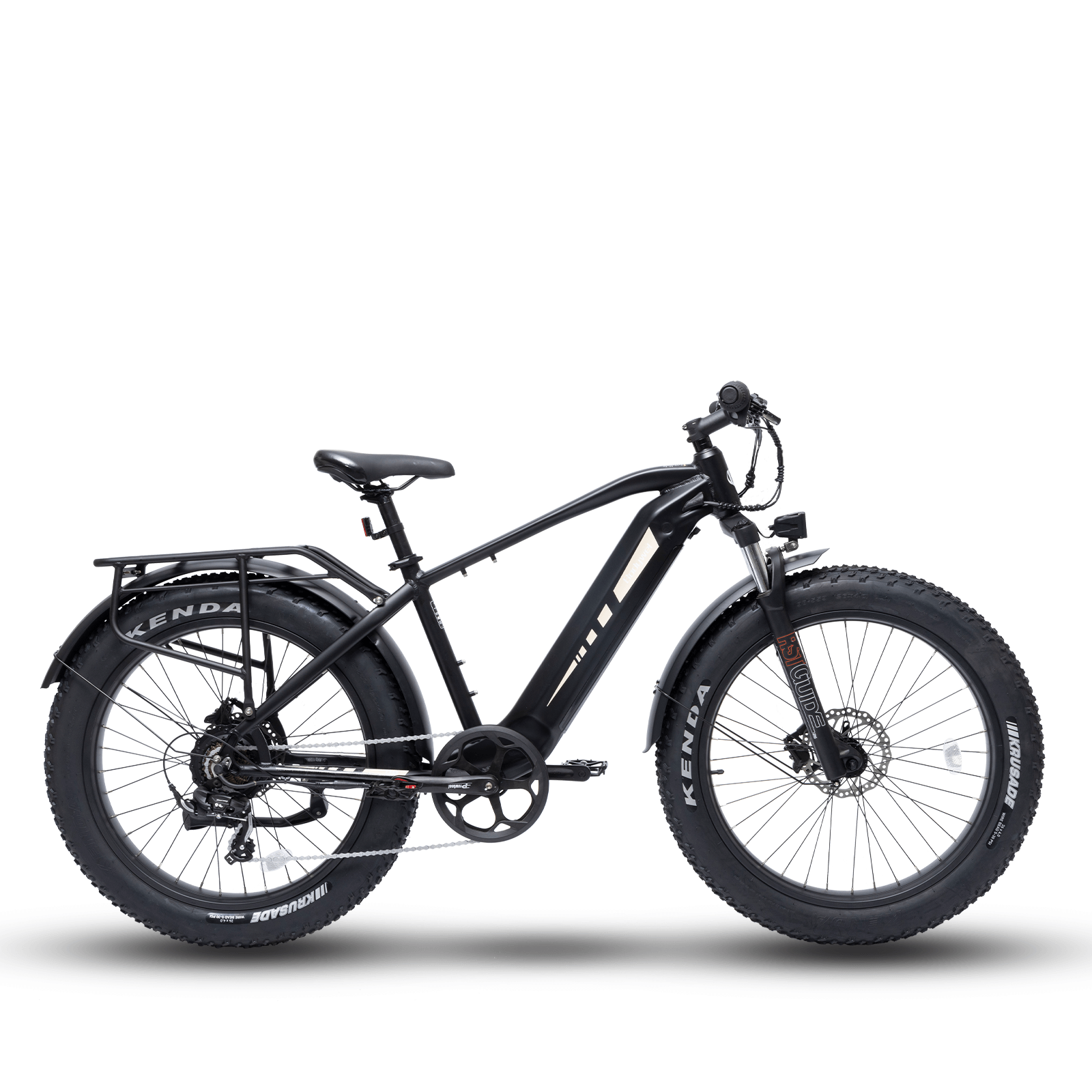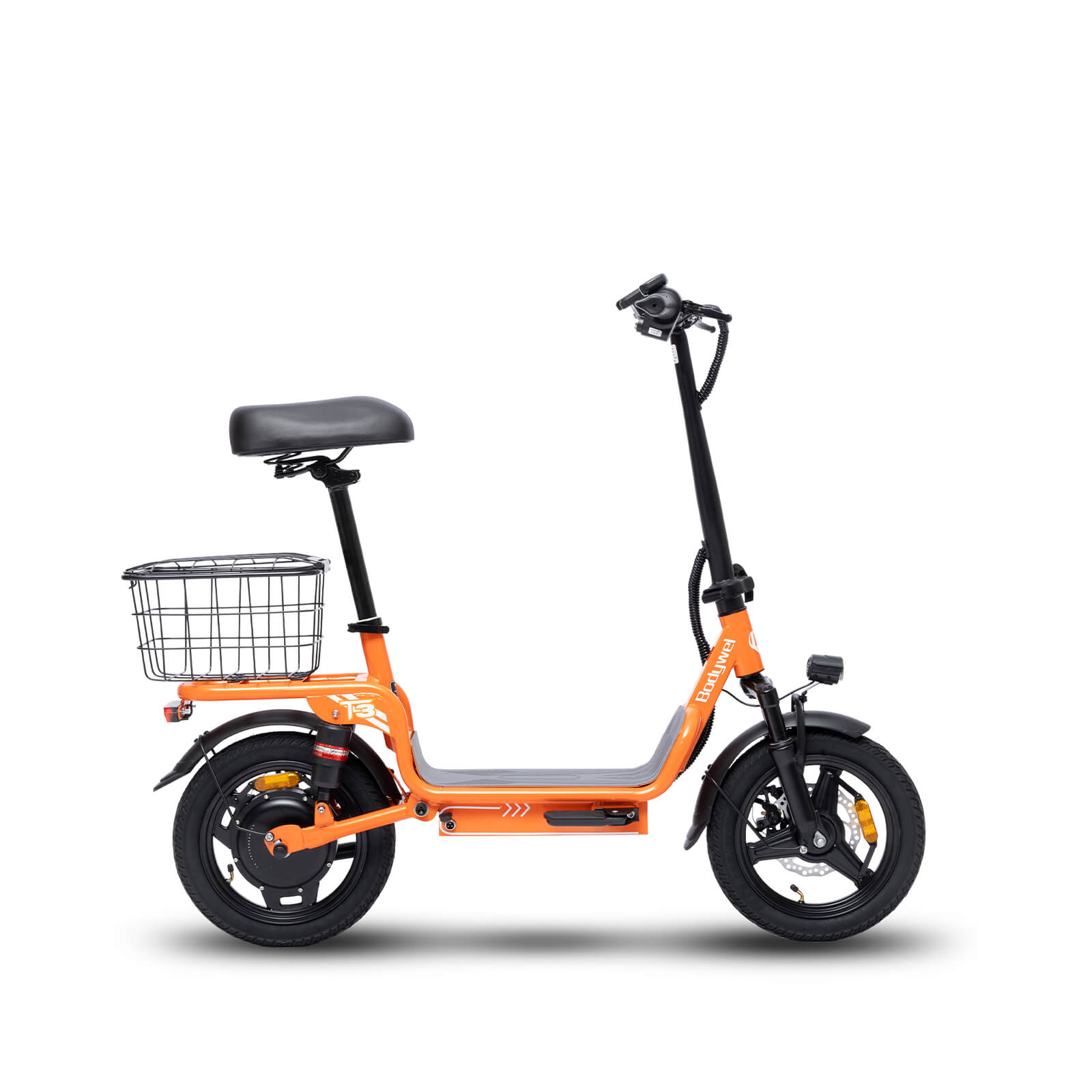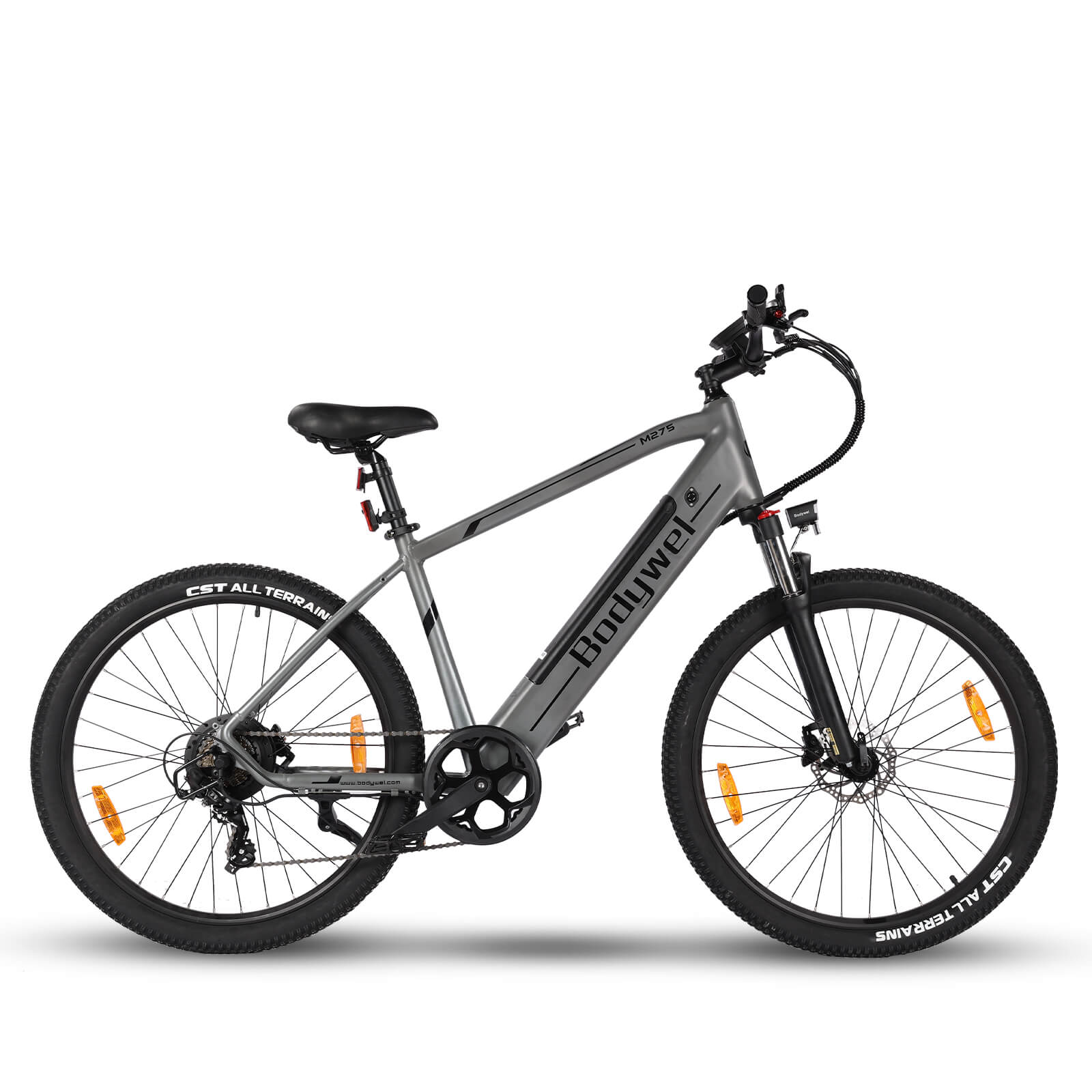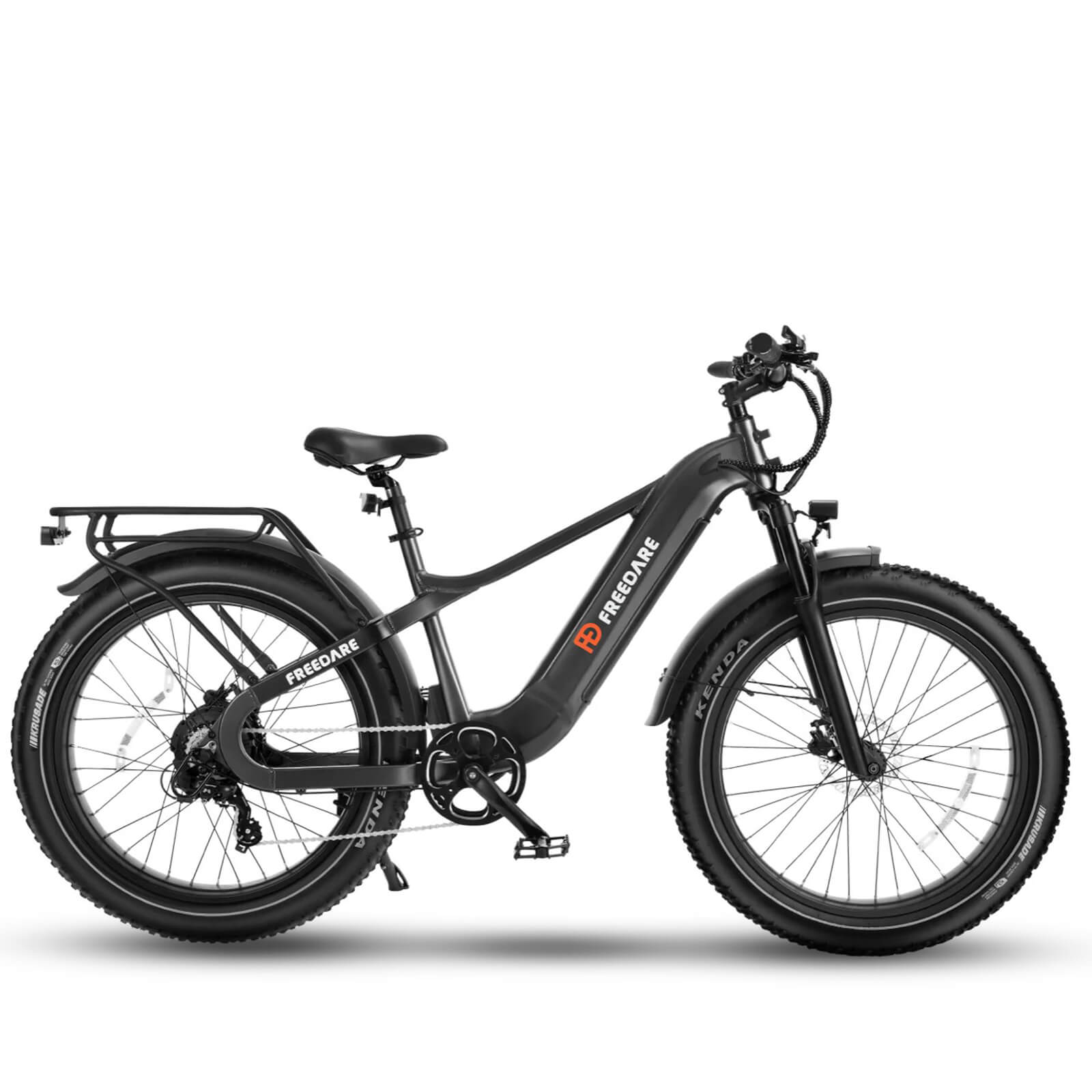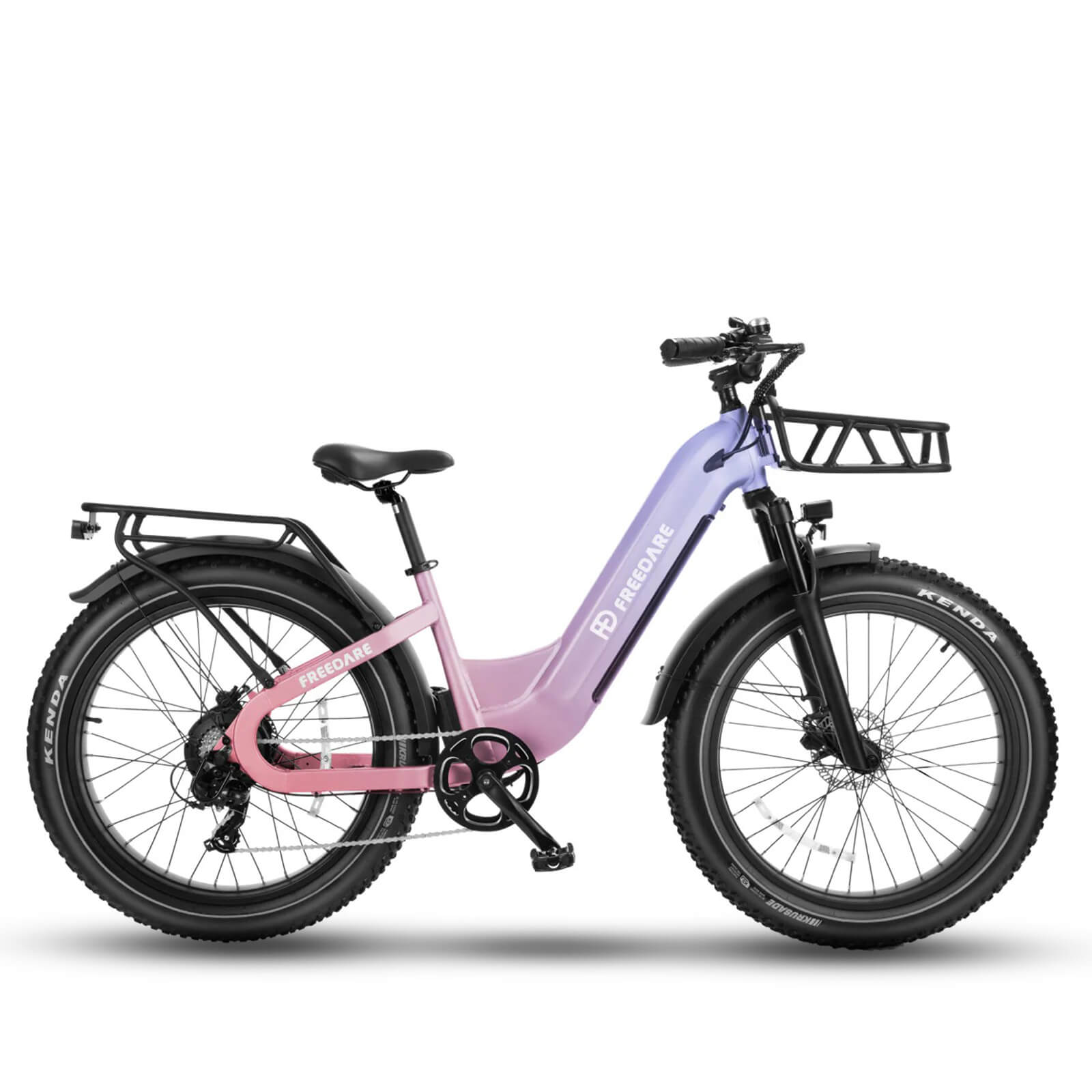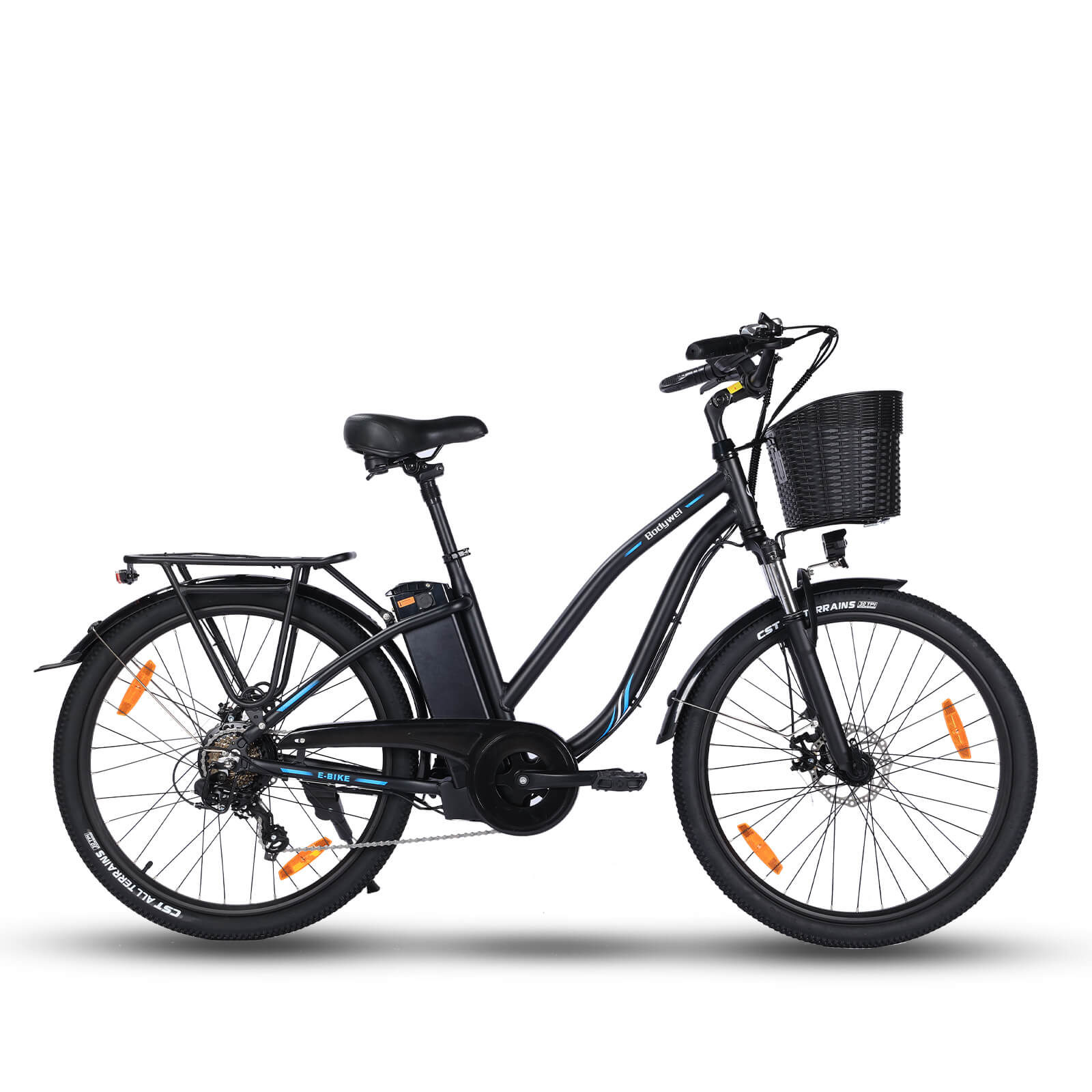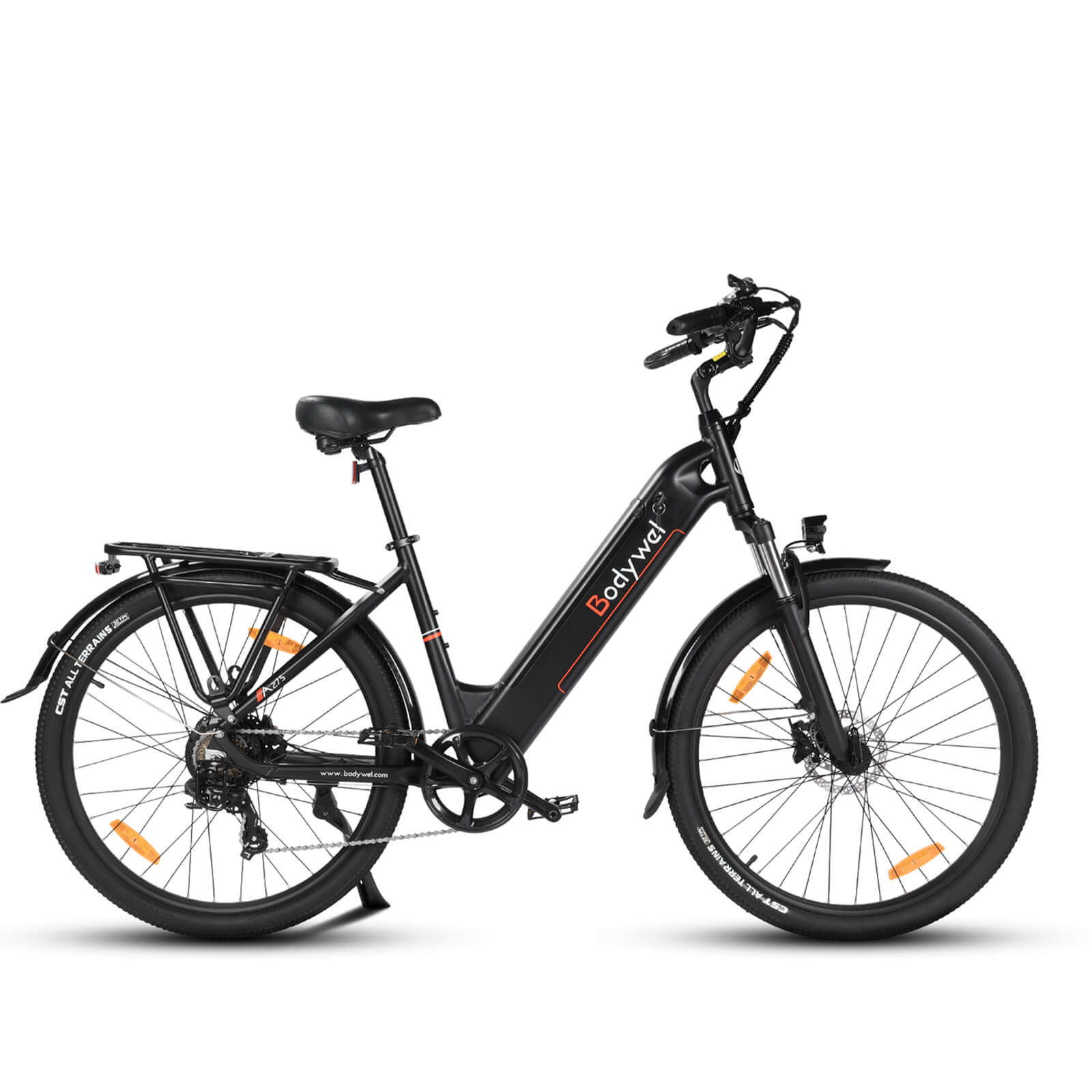5 Must-Know Features of EU Waterproof Electric Bikes in 2024

Top Benefits of Waterproof E-Bikes for European Riders in 2024
Waterproof electric bikes designed for the EU market offer unmatched durability and performance in wet conditions. These e-bikes integrate advanced sealing technology, corrosion-resistant materials, and smart drainage systems to ensure year-round reliability. For commuters and outdoor enthusiasts, they eliminate weather-related limitations while meeting strict European safety standards.
1. IP67-Rated Water and Dust Resistance
Modern waterproof e-bikes for the European market prioritize IP67 certification, guaranteeing complete protection against dust ingress and temporary immersion in water up to 1 meter. This standard exceeds typical urban cycling needs, making these bikes ideal for coastal areas or regions with heavy rainfall. For example, riders in regions with frequent rain will find this feature critical.
Battery and Motor Sealing
The lithium-ion battery packs and mid-drive motors in premium e-bikes use silicone gaskets and O-ring seals. Leading drive system manufacturers now integrate these protections into their latest systems, ensuring consistent power delivery even during prolonged exposure to moisture.
2. Corrosion-Resistant Frame Materials
Aluminum alloys with marine-grade anodization dominate waterproof electric bicycle designs. Some manufacturers employ stainless steel components for critical joints, while carbon fiber variants use specialized resin coatings. These materials combat saltwater corrosion—a key consideration for riders in coastal areas.
3. Enhanced Traction with All-Weather Tires
Wider tread patterns and silica-based rubber compounds characterize tires for waterproof e-bikes. All-weather tires provide excellent grip on wet cobblestones, a common hazard in historic European cities. The tread design also channels water away efficiently, reducing hydroplaning risks at higher speeds.
4. Compliance with EU E-Bike Regulations
All waterproof electric bikes sold in Europe must adhere to EN 15194 standards, which cover water resistance as part of electrical safety requirements. This ensures compatibility with local laws regarding speed limits and mandatory lighting systems—features that remain fully operational during heavy rain.
5. Smart Drainage System Design
Strategic drainage channels in the frame prevent water accumulation around bearings and cables. High-end models feature downward-angled cable ports and hollow chainstay designs that expel water automatically. This engineering detail significantly extends component lifespan compared to conventional e-bikes.
For riders prioritizing all-weather capability, these five features define the next generation of waterproof electric bikes. When selecting a model, verify both the IP rating and material specifications to match your regional climate conditions. Leading manufacturers continue to innovate in implementing these technologies while maintaining riding comfort.
- Tag: all-weather e-bike durable electric bike electric bicycle EU EU waterproof electric bike waterproof e-bike
0 commenti




